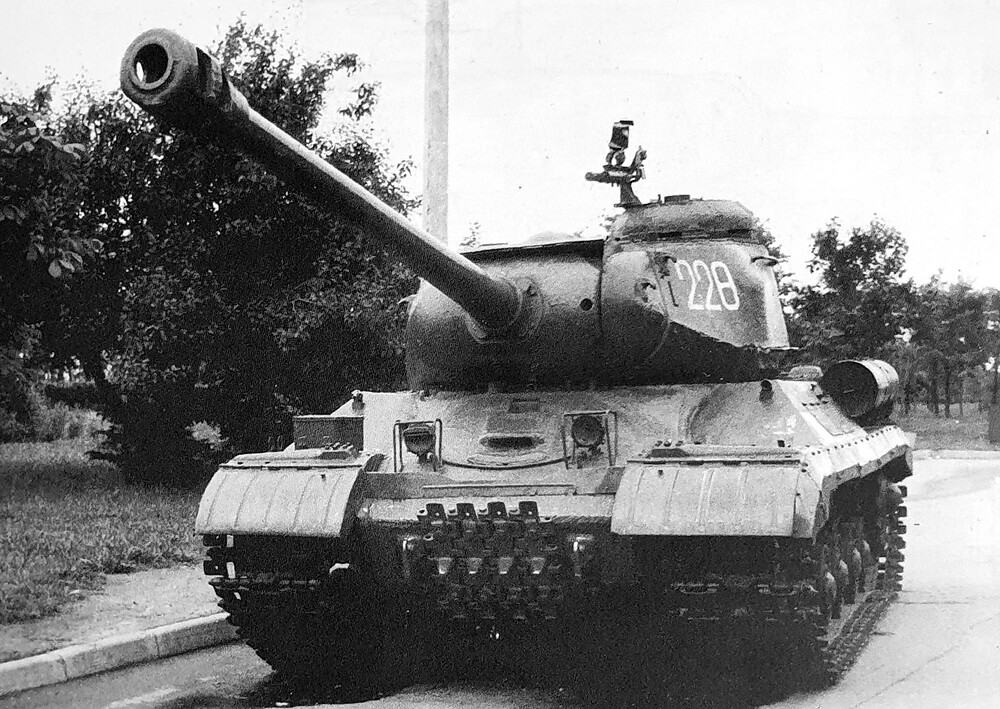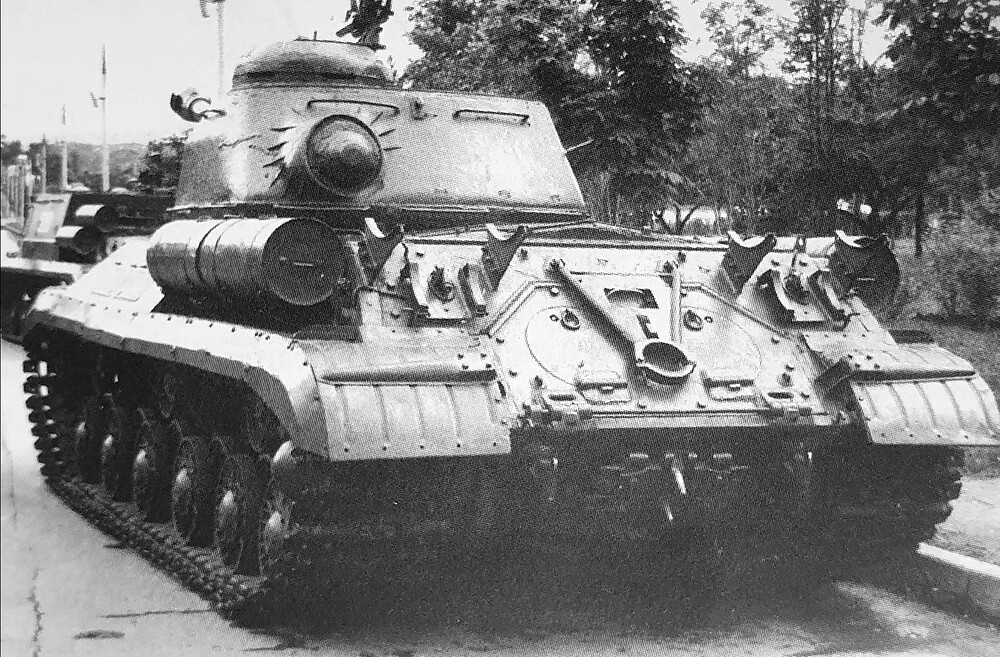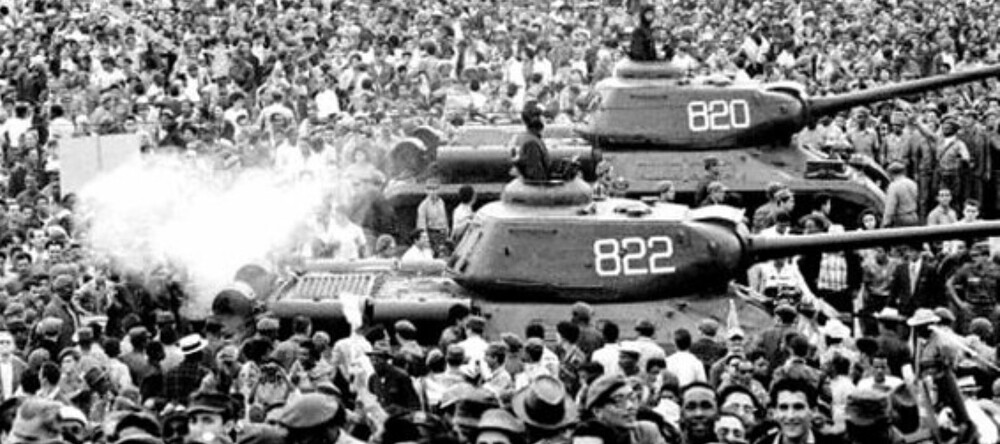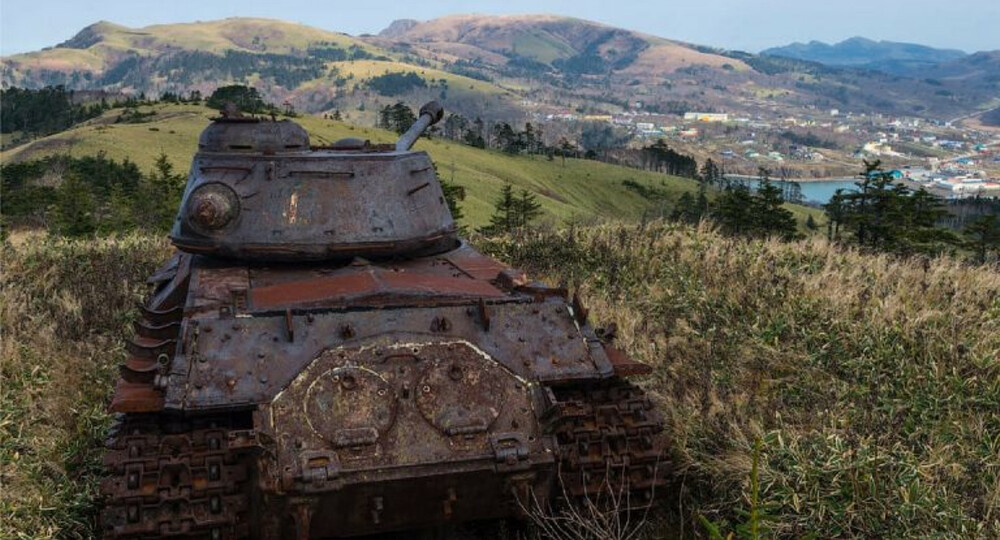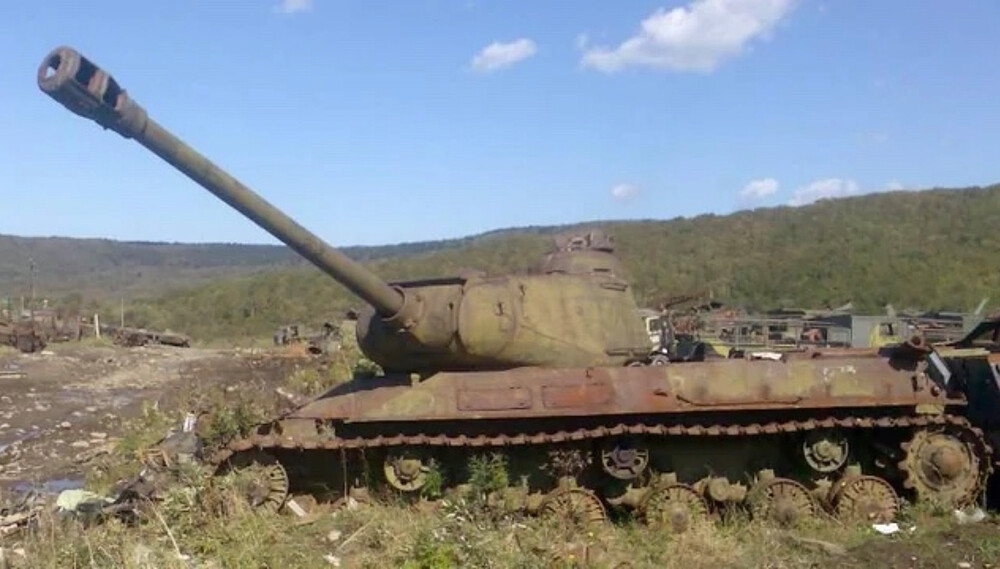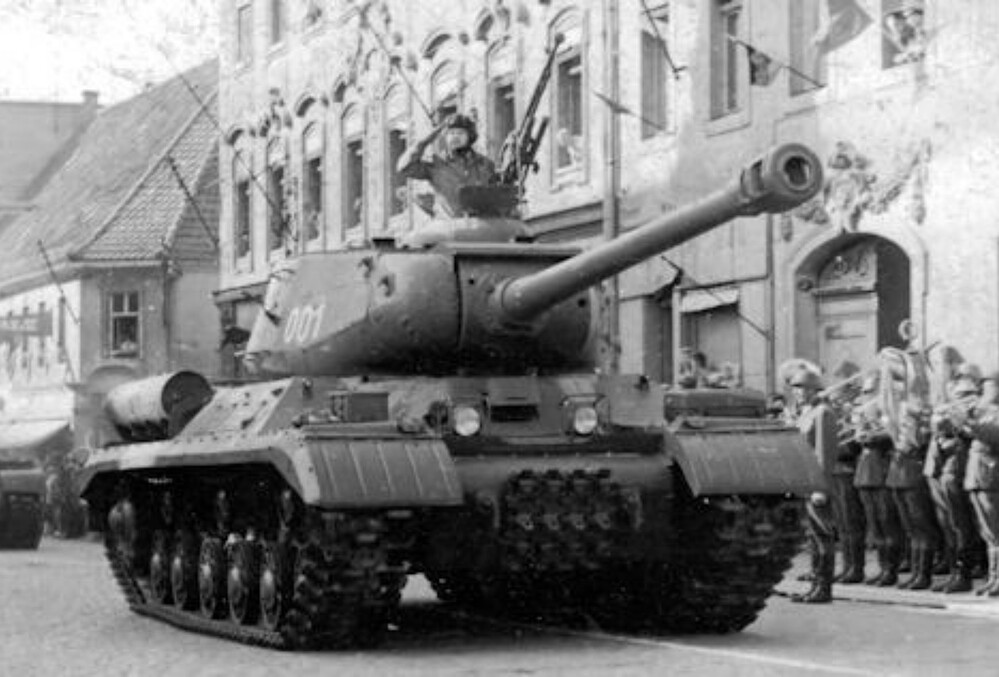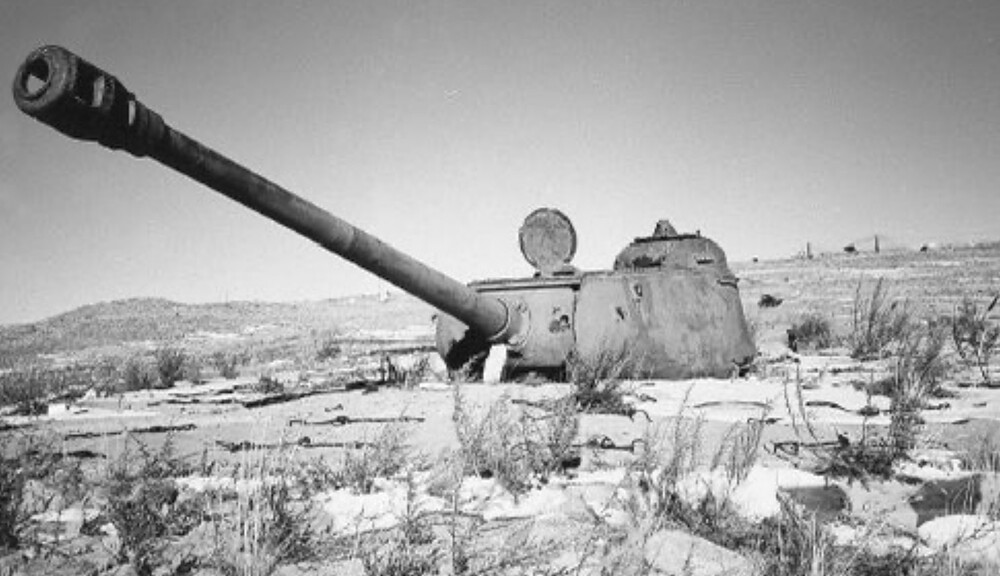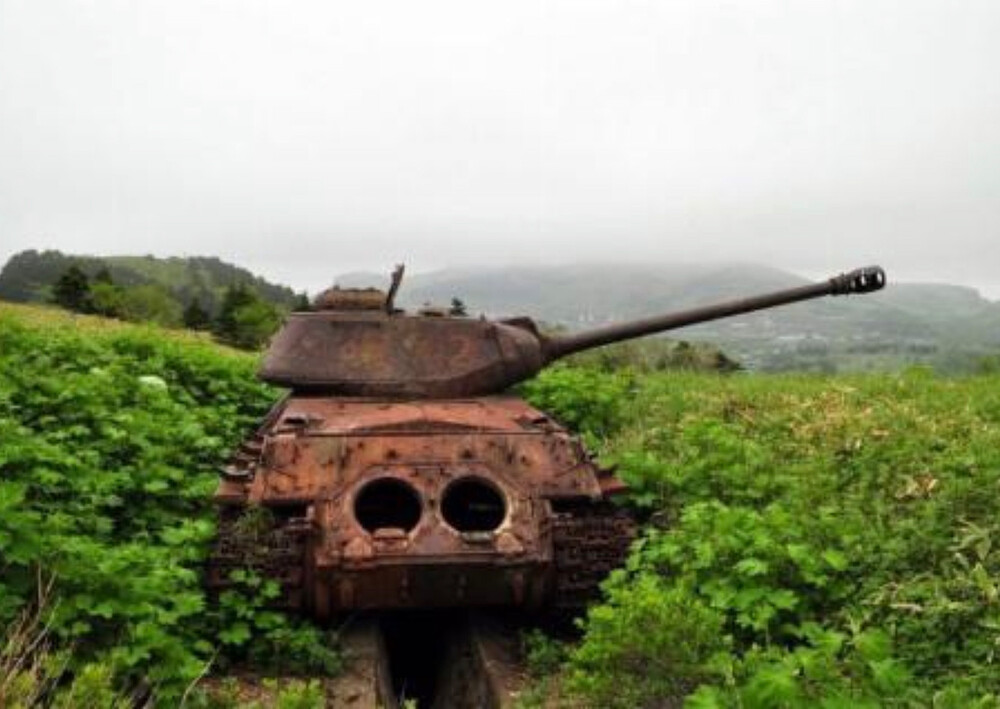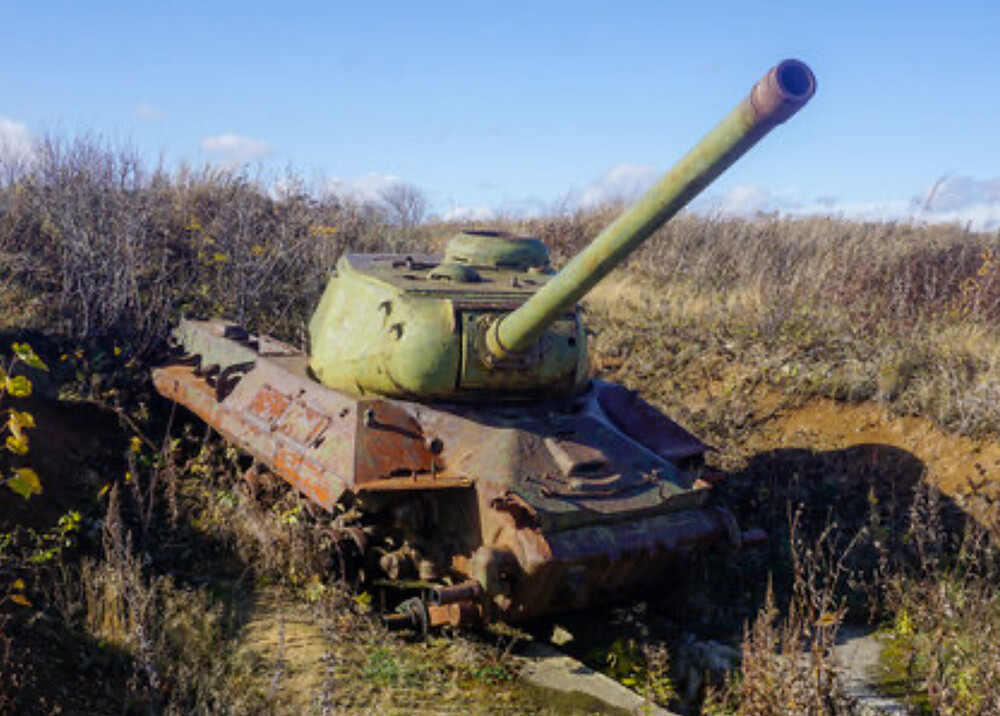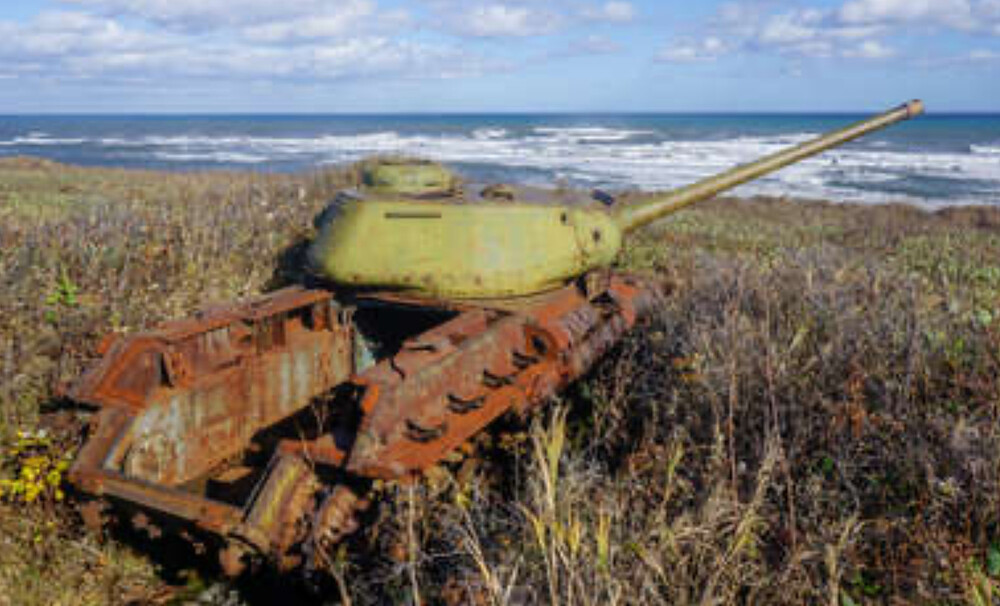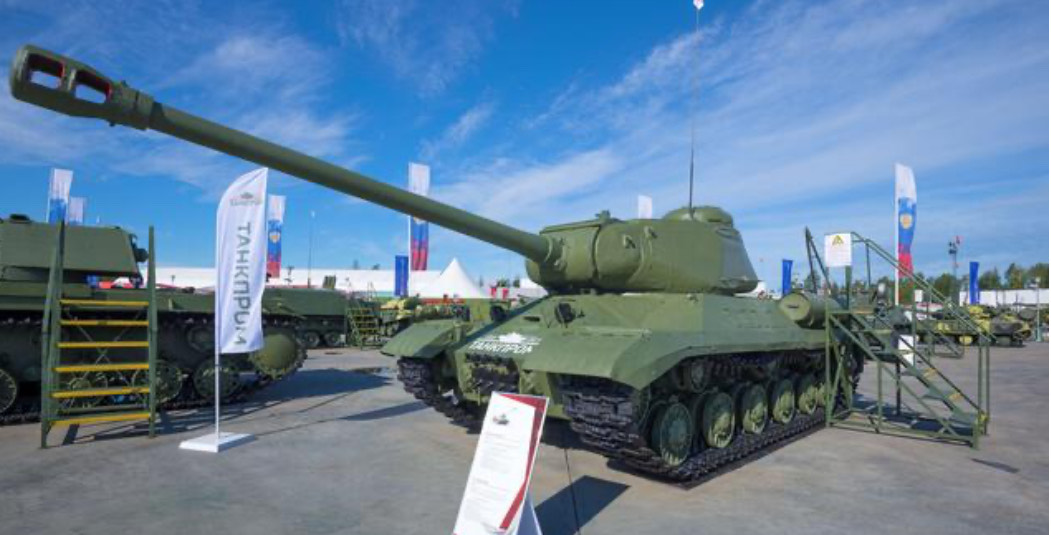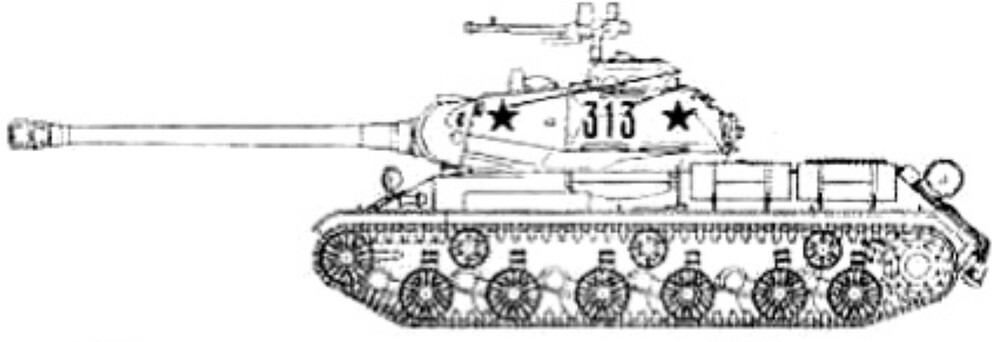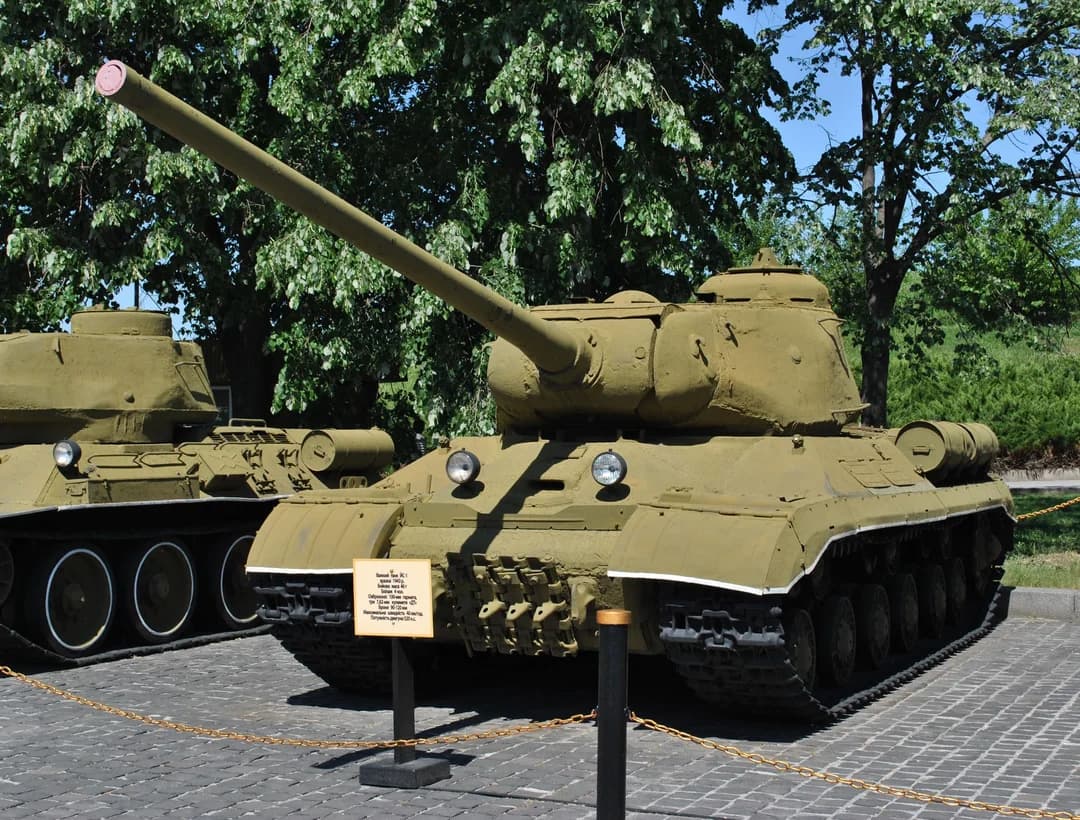Spoiler
The IS-2M marked the final and most comprehensive upgrade of the IS-2 heavy tank, a formidable vehicle originally developed during World War II to counter Germany’s heavy armor, such as the Tiger and Panther tanks. Having proven its worth in major offensives during the war’s final phase, including the Battle of Berlin, the IS-2 remained in Soviet service well into the post-war period. However, by the early 1950s, advances in tank design and battlefield tactics had rendered many of its features outdated. In response, the Soviet Union launched a modernization effort aimed at extending the operational life of its existing heavy tank fleet without developing an entirely new platform. Between 1954 and 1958, most IS-2s were upgraded to the IS-2M standard, receiving changes to their hull design, improved fire-control systems, updated engines and other minor upgrades. These upgrades were intended to keep the IS-2M relevant on the Cold War battlefield, allowing it to serve effectively in reserve units, training roles, and even limited frontline capacities during a period when the Soviet military was transitioning toward newer designs like the T-10 and the T-55.
Photograph depicting IS-2M tanks in service with the Cuban armed forces.
By the late 1950s, the Soviet Union under Nikita Khrushchev began phasing out the use of heavy tanks like the IS-2, IS-3, and IS-4. Advances in anti-tank weaponry had rendered their thick armor increasingly ineffective, while their excessive weight made them too slow and unwieldy for modern mobile warfare. Lighter tanks armed with high-velocity 100mm and 115mm guns were now considered sufficient to counter most battlefield threats, and better suited to the rapid, mechanized tactics that the Soviet military favoured. However, true to Soviet practice, these obsolete vehicles were not simply discarded. Instead, efforts were made to assign them secondary roles wherever possible. Though their engines were often unreliable without constant maintenance, the turret mechanisms and cannon were capable of functioning for decades with minimal upkeep. When static, their 122mm guns, originally designed for tank-to-tank combat, could be repurposed to fire indirectly like howitzers, delivering heavy shells over long distances. These qualities made the IS-2 and its successors ideal candidates for conversion into improvised coastal and border defence batteries, where mobility was no longer essential. On the Bar Lev Line, for example, the Israelis repurposed captured IS-3M tanks as static bunkers, utilizing their now-empty engine compartments for ammunition storage.
As a result, some IS-2M tanks, alongside their other outdated brethren (including early T-54s), were repurposed for fixed defensive positions, particularly in strategically sensitive regions such as Sakhalin Island, the Kuril archipelago, and stretches of the Sino-Soviet border. There, they were entrenched as static artillery platforms or used as armored deterrents against potential incursions. For much of the Cold War, especially in the years following the Sino-Soviet split, the Soviet leadership did not regard the Chinese military as a significant threat. Chinese technological development in the post-split period remained relatively limited, and the prospect of a large-scale NATO invasion of the Soviet Far East or eastern islands was considered remote. In this context, older but still formidable World War II-era tanks like the IS-2 remained adequate for the perceived threat level. These vehicles, though obsolete by Western standards, were rugged and powerful enough to at least hold off any localized aggression.
Some IS-2Ms remained in operational use not only as static defensive emplacements, but also as active components of reserve and second-line units, where they could still be employed. For example, they participated in high-profile exercises like the 1982 Odessa Manoeuvres. Nevertheless, the IS-2M was eventually retired from active duty and placed into reserve storage. By 1995, the type was officially decommissioned, with fewer than 100 examples believed to have survived in any condition, many now preserved in museums or left to decay in remote corners of the Russian Federation.
Photograph depicting IS-2M tanks in East Germany.
Beyond the Soviet Union, the IS-2 and its modernised IS-2M saw service with numerous allied nations. However, the IS-2 saw very limited combat use in the post-war period. While countries such as China, Cuba, and Vietnam received IS-2s, often in the form of surplus WWII-era models, these tanks were rarely committed to frontline engagements. In China, small numbers of IS-2s were reportedly deployed during the Korean War in support or reserve roles, though no major actions are confirmed. Vietnam received a handful in the early 1950s, but there is no evidence they were used in later conflicts. Cuba received 41 upgraded IS-2M tanks in 1960, which were held in reserve during the 1961 Bay of Pigs invasion but never engaged in direct combat. Later, they were converted into static coastal bunkers. Despite being briefly mobilized during the 1956 Hungarian Revolution,
Hungarian IS-2s were not used in battle and were returned to the USSR. While the IS-2 had earned its legacy in WWII, its Cold War role was either symbolic, defensive, or auxiliary.
